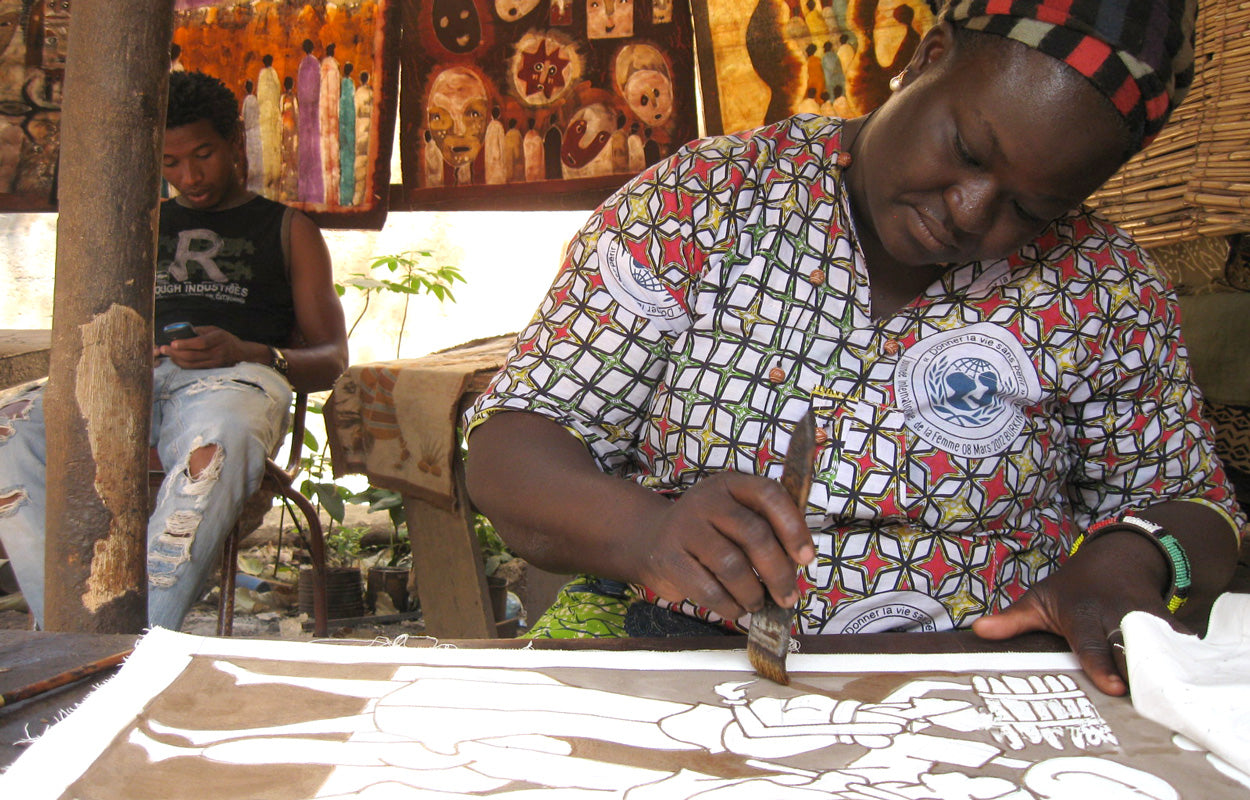
Explore Burkina Faso: These makers walk to the beat of a different drum
There is only one international airport in Burkina Faso, and it sits in the capital city of Ouagadougou. Steps unfold from the plane to meet blistering hot tarmac, heated by a relentless sun. The air is so dry and hot here that it seems to sting all the senses.
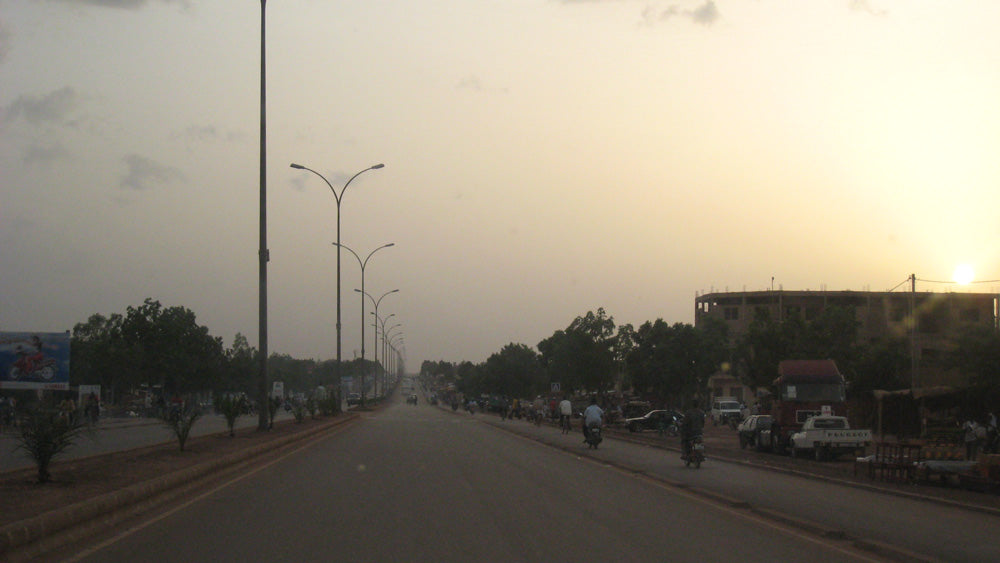
This is the height of the dry season—what locals call harmattan. This is the time when sand from the Sahara blows in from the North, covering everything with a thin layer of dust, for months. Walking through the city, there is a constant sound of sweeping as families struggle to keep their homes clear of this incessant dust.
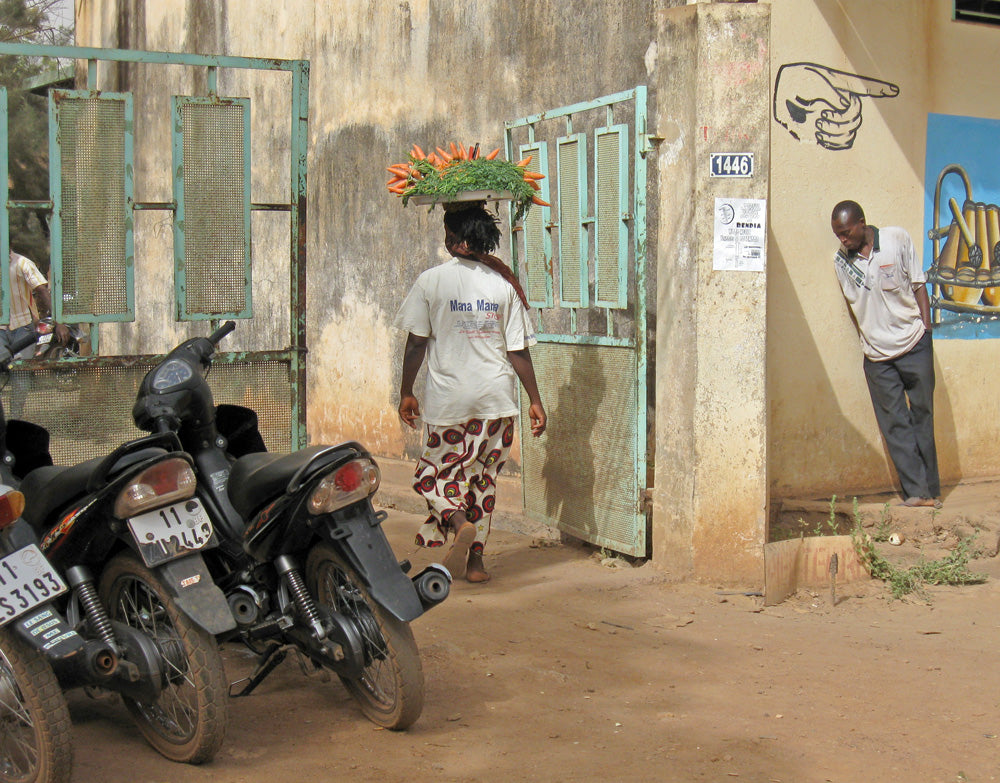
The streets are busy with bicycles and scooters, as people bustle about their daily lives. There’s a mechanic shop on every corner, just waiting for an engine to seize, exhaust coughing up dust and sputtering to stillness.

Here, too, are countless tailor shops where tired department store catalogs, brought from the West, sit dog-eared and crinkled from all the fingers that have searched for the perfect garment design. Clothes are made here. Custom-fitted, tailor-made, done in a day in any pattern, any material you want. The best tailors can look at a garment in a picture and make it come to life with what looks like very little effort.

And this is the norm. Hundreds of fabric vendors line the marketplace to provide as many options as the imagination can hold. Colorful clothing provides a striking contrast to the monochrome of cement walls, tin roofs and dirt roads.
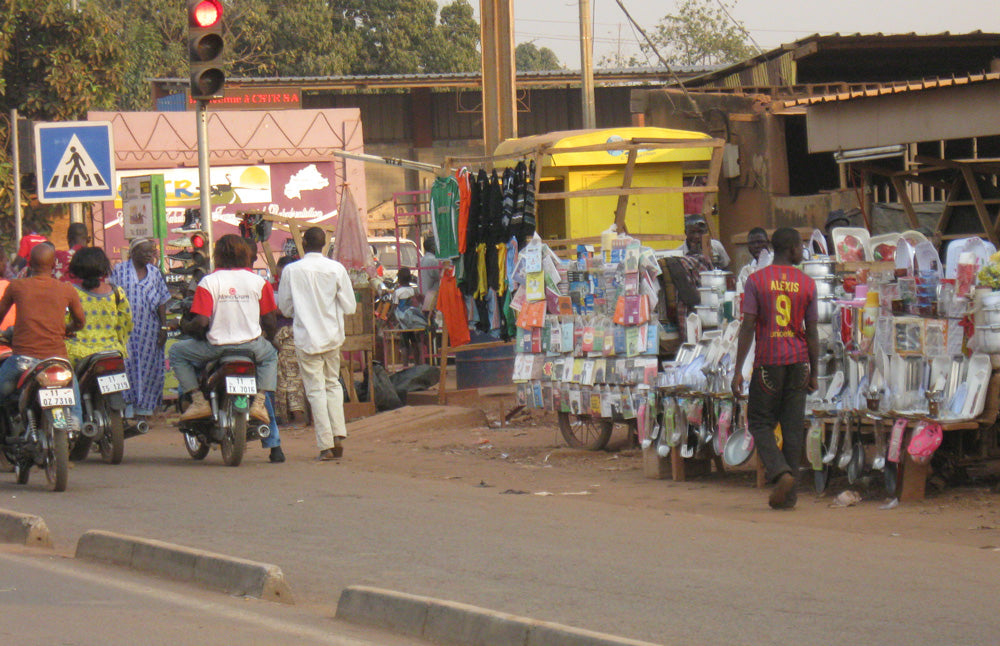
Much like the contrast between tradition and technology. A 12-year-old boy rides by on the back of a donkey cart, chatting on his cell phone. And while his home just beyond the city limits has no electricity or running water, he loves his cell phone and uses it all the time, playing an intentional game of phone tag to avoid paying for his calls.

As evening falls on the city, people retreat to movie theaters to experience a different reality for a little while. Films are admired all year long, and every two years, the FESPACO film festival is held to screen independent films from around Africa and the world. This is a time for filmmakers to exchange knowledge and ideas, to broaden the scope of African cinema, to learn and to share. Documentaries capture the effects of violence and HIV/ AIDS, bringing reality to the forefront in ways that seem unreal. Education, expression and raising awareness are the three main goals of this event.

The yearn to create is rooted deep in the people of Burkina Faso, and those who do not make films or clothes can channel their creativity into any number of other traditional art forms: mudcloth and lost wax, to name a few. These arts are showcased twice a year at the SIAO arts market.
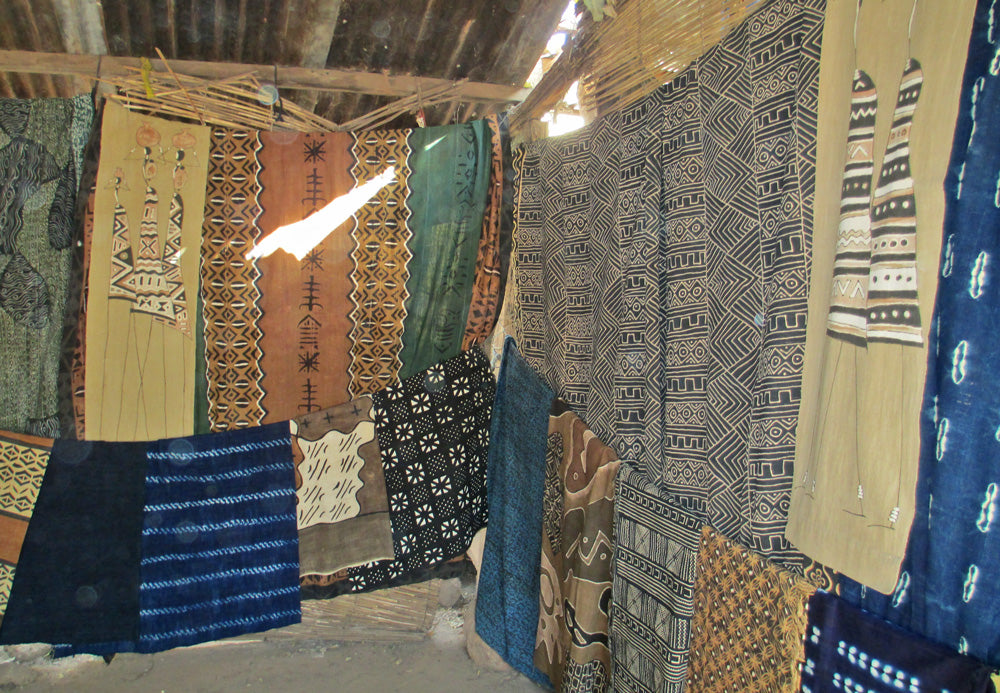
The distinct sound of djembe drums, balafones and singing echoes between buildings, as people gather to dance in an outdoor square as the day’s intense heat finally breaks. Tables and chairs are brought out to line the streets, escaping the buildings that have been baking for hours in the blaze of the sun. Friends share a meal of tô, a kind of cornmeal or millet paste, harvested and preserved from the rainy season, and served with okra or leaf sauce, made from the leaves of the baobob tree—one of the only types of vegetation that can withstand the harsh climate of this country.

Often referred to as the “upside-down-root tree,” the stout branches all gather at the top of a thick and smooth trunk, yielding a sour, citrusy pod fruit called “monkey bread” because of its white, pulpy insides that look like bread with seeds. And because the wood of this tree is not useful for carving or firewood, these trees grow majestic over hundreds of years, standing tall and strong over the stark landscape.
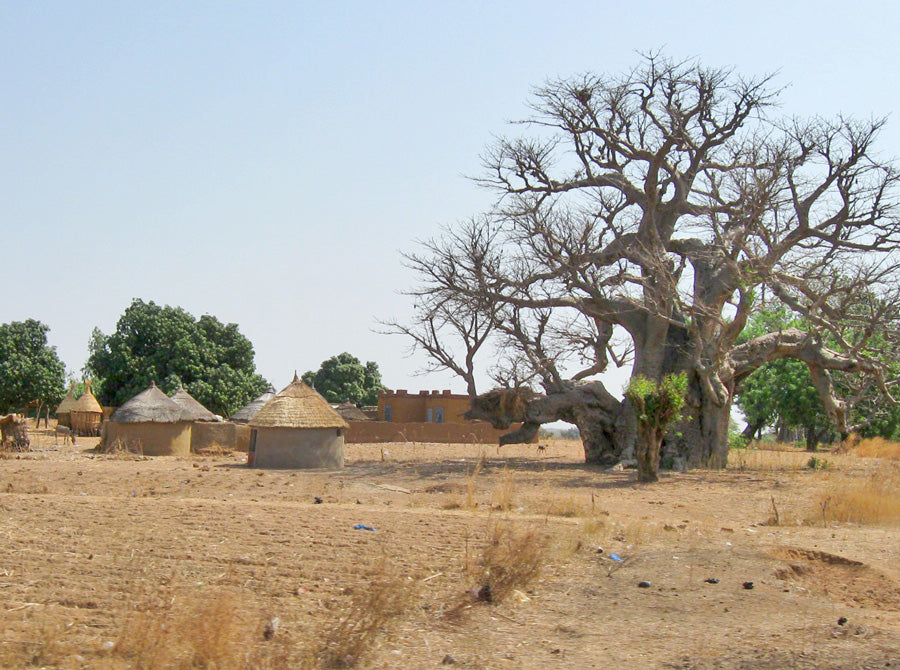
A short scooter ride out of the city reveals small villages, where the language shifts from French to Moore, and village chiefs still hold authority and make decisions to settle disputes, just as their fathers did before them. The buildings change from cement to mud brick, and roofs change from tin to thatch. Along the road is a man riding a donkey cart, bringing a 50-gallon drum of water back to his home for the third time that week.
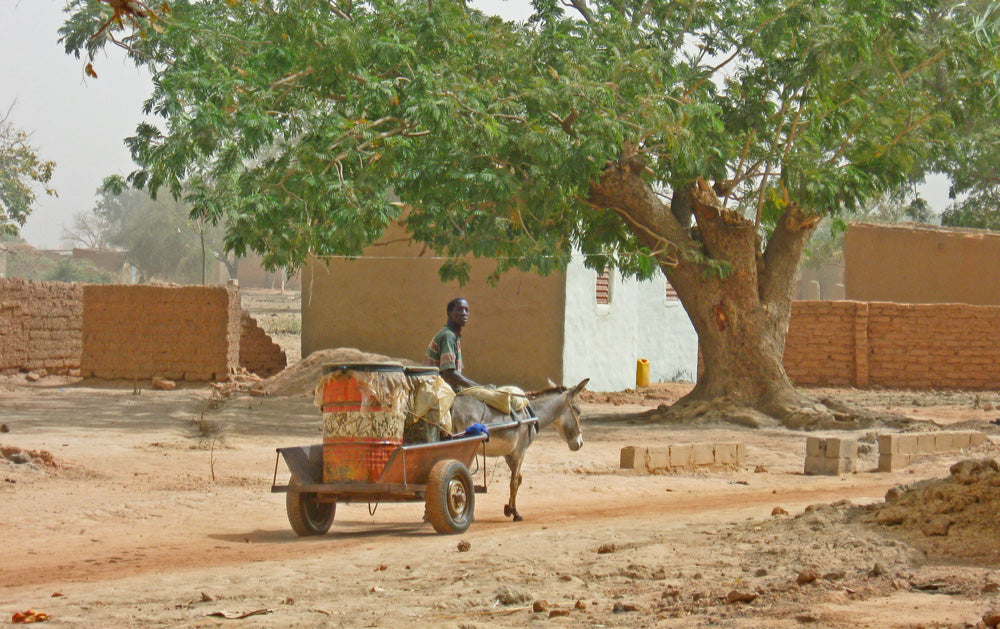
Out here, there is no plumbing, no electricity. There is nothing to do but sit out on the porch and watch the stars while sipping dolo, a comforting mix of fermented sorghum that is cooked outdoors in large pots, over an open fire. It takes three days for the concoction to ferment, and sometimes less than three days to finish drinking the batch. Children enjoy a dark red juice of hibiscus petals or ginger juice.
And in the morning, a call to prayer can be heard across the desert, coming from the mosques in the center of Ouagadougou. The sound can be heard resonating through the lost wax workshop.
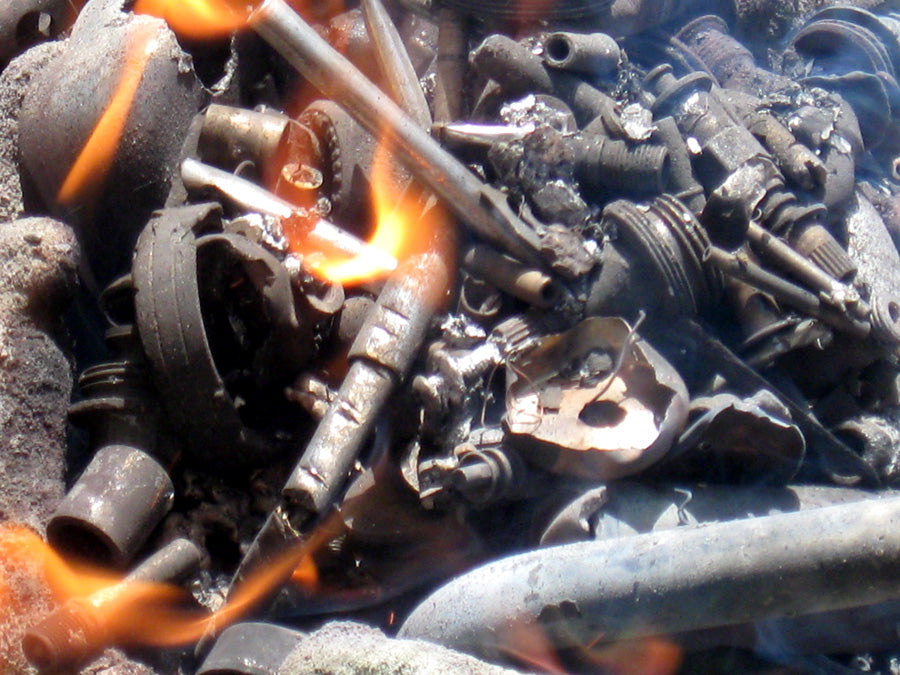
Scrap metal collected from faucets, pipes and other pieces of bronze are soon to become works of art. Most of the work happens outdoors—men sit around fires to melt metal and harden clay. Metal files scrape with a rhythmic pulse, smoothing out the texture that the clay mold has left behind.
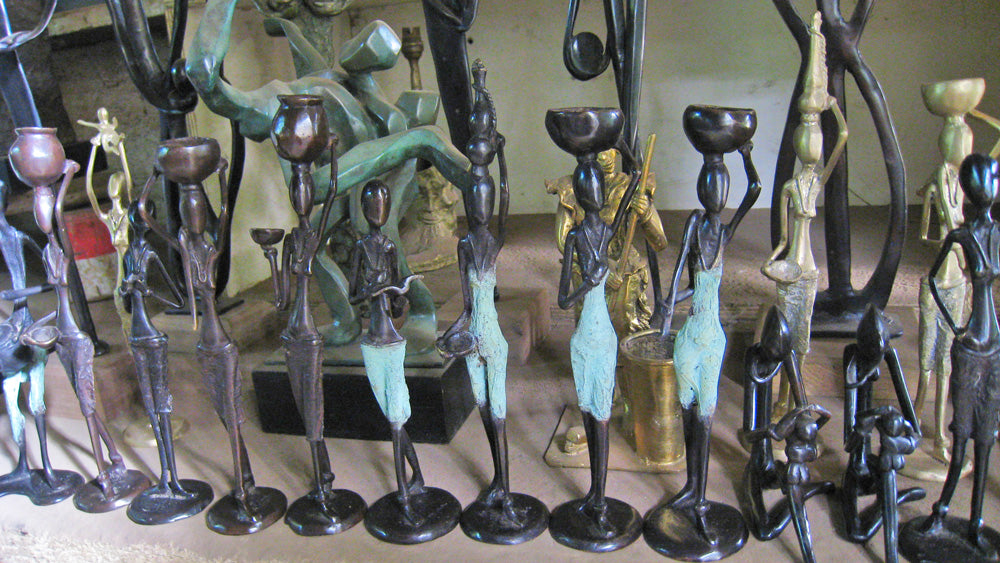
This is a craft that has taken place this way for centuries. In the desert, it’s easy to feel transported back in time. There are no skyscrapers, no jumbotrons… just earth and sky. Mud walls, thatch roofs, and an ancient craft practiced by men who sit on the dry ground in much the same way their ancestors did long ago. There is more time and care put into each piece, because here, there is all the time in the world.



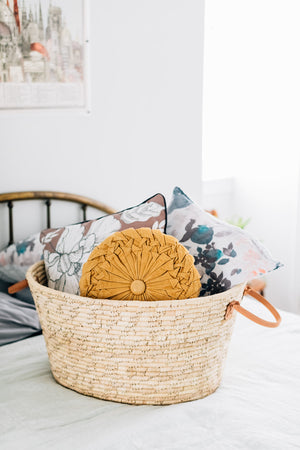

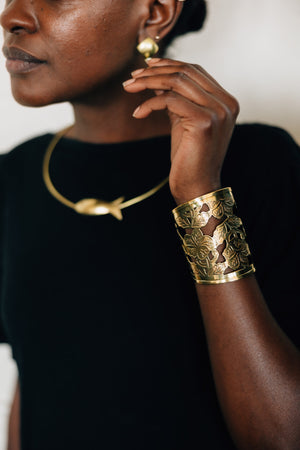
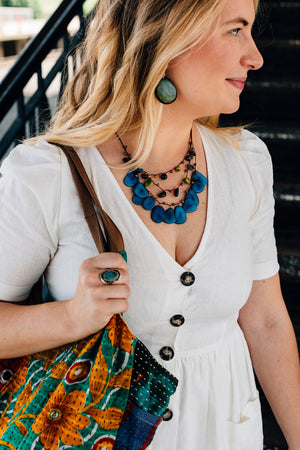
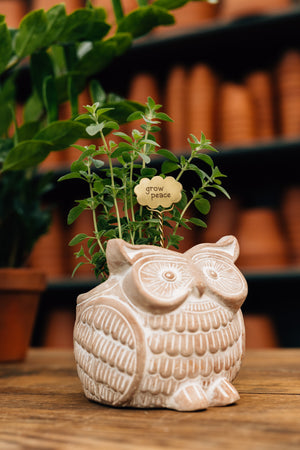

Leave a comment